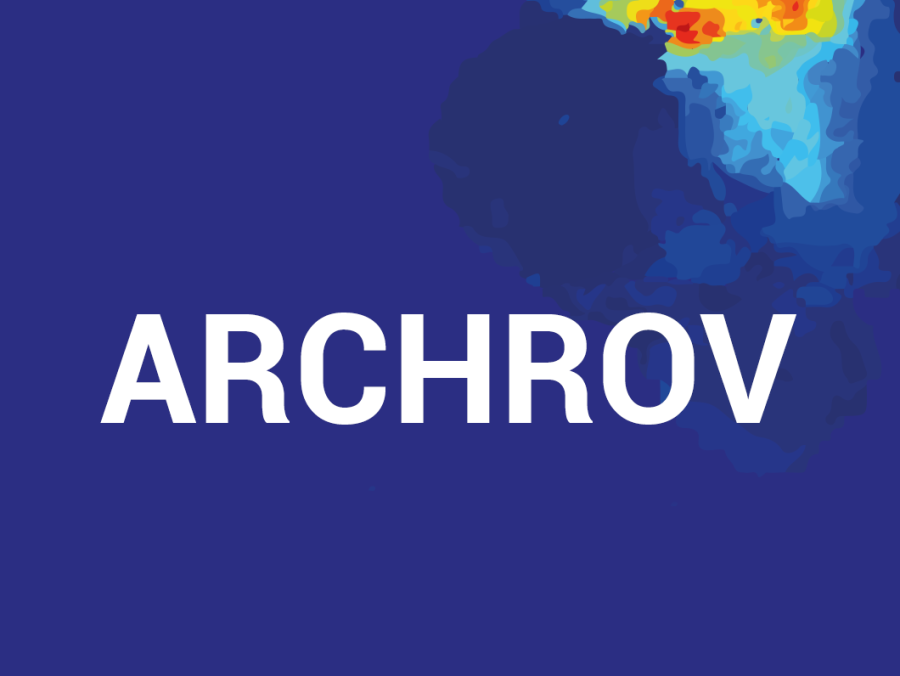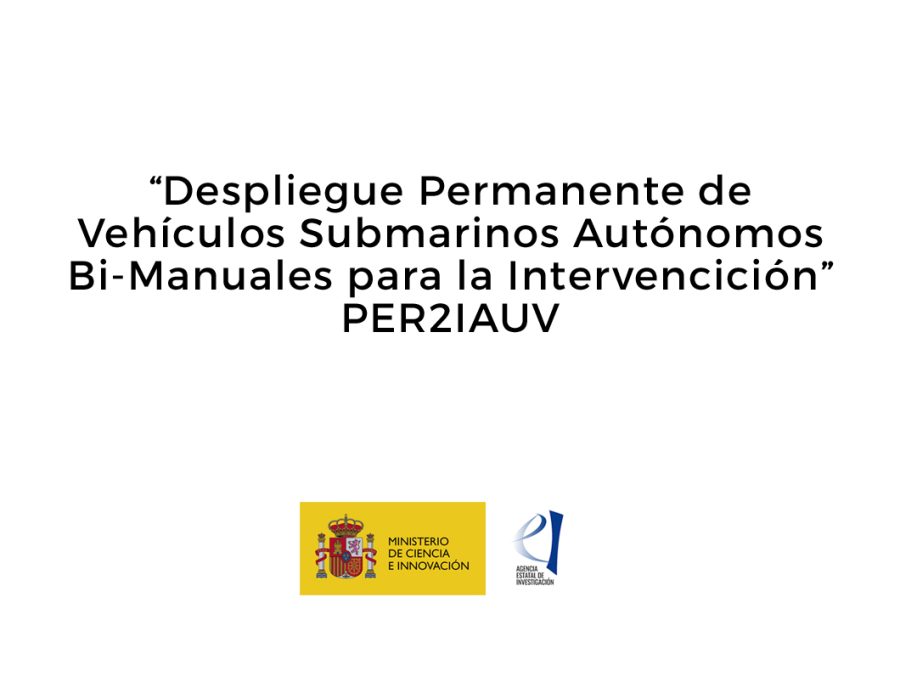Recent unfortunate disasters such as Air France flight 447 crash, the Deepwater Horizon blowout, and Fukushima Daiichi nuclear disaster, demonstrate that AUVs are becoming an essential tool for incident response, accident forensics and environmental monitoring.
Nevertheless, in practice, nowadays AUVs are automated Systems following pre-programmed trajectories while gathering scientific data. This lack of flexibility increases significantly the incident response time, which apart from been inefficient for some cases may be critical. A research effort is needed to evolve these vehicles into fully autonomous robots, able to interpret online the measurements in order to decide the best place to sample next, drastically reducing the mission time leading to rapid response Systems.




